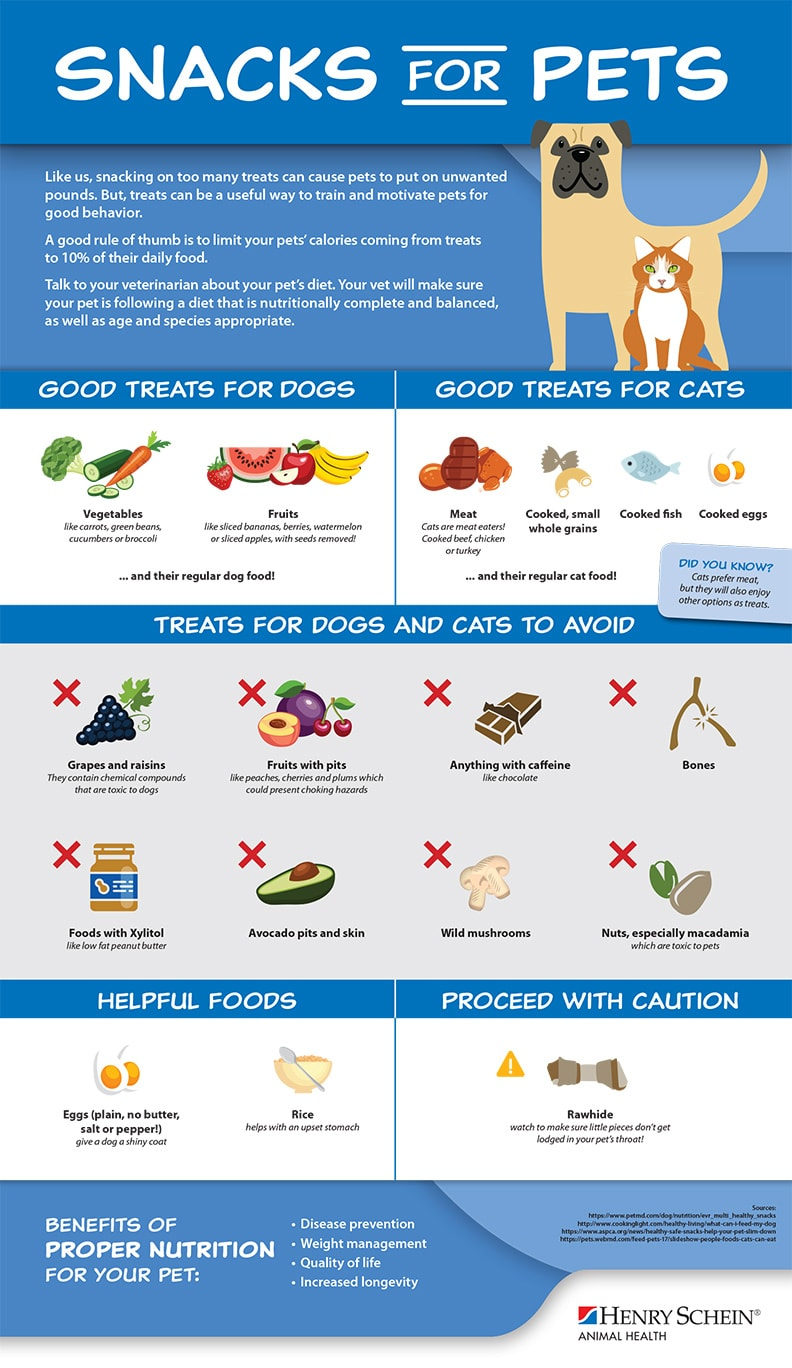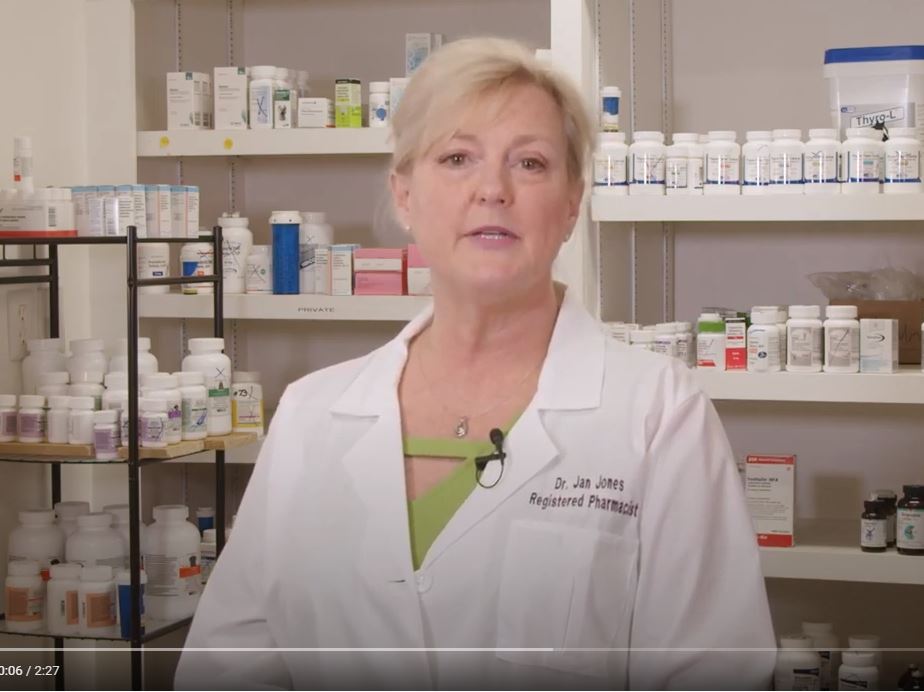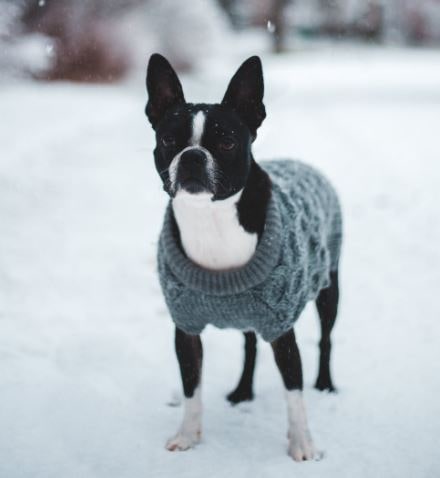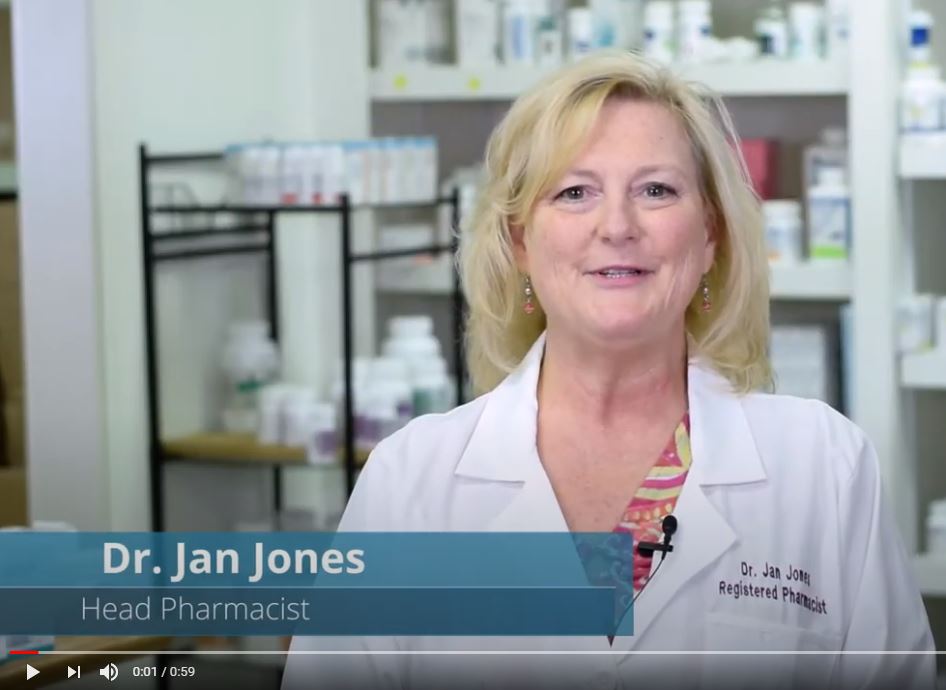Dental Health Is More Than Gum Disease:
In addition to Gum Disease, there are some less commonly seen dental conditions that pet parents should be aware of such as:
- retained "baby teeth"
- tooth fractures
- tooth root abscess
- Caries or Cavities
1. RETAINED or "Baby Teeth" a.k.a. DECIDUOUS TEETH
Just like humans, dogs have deciduous “baby” teeth. Ordinarily, the baby teeth are shed when the dog is between four and six months old, allowing the permanent adult teeth to erupt. However, in some dogs, the deciduous teeth are retained and do not fall out normally.
Retained baby teeth are quite common in dogs, but some small breeds more than others. Such as Pomeranians, Yorkshire terriers, and poodles. If the retained baby teeth are left after the adult teeth are present, they can cause overcrowding. Overcrowded teeth can predispose your dog to developing periodontal disease and other “bite” issues.
Dogs with overcrowded teeth often develop “doggy breath” and localized gingivitis caused by bacteria that readily gather and grow between the teeth. In addition, look out for permanent teeth that have come through as crooked, “double” rows of teeth, and bleeding, reddened gums around some of the baby teeth.
2.TOOTH FRACTURES
Along with canine periodontal disease, broken or cracked teeth are a common dental problem in pet dogs.
Trauma caused from numerous scenarios can damage your pet's tooth. For Example; clashing teeth with another dog during play, gnawing on very hard bones or rocks, continually chewing on tennis balls, and chewing at the bars of a kennel are all common causes of tooth damage. If the outer enamel is cracked and the sensitive pulp exposed, your dog will suffer extreme pain, and urgent veterinary treatment is always required.
How to recognize a broken tooth: Sometimes purple, gray, or pink staining on the tooth surface will indicate that the tooth pulp has bled, causing the dentin to become stained. Black spots on the surface of the affected tooth indicate that the pulp is actually dying. Your dog may appear miserable and sensitive around his mouth, and he may show reluctance to eat or struggle to chew his food.
Your vet will make a definitive diagnosis of a tooth fracture by taking dental radiographs and probing the tooth (under general anesthetic) to establish whether the pulp cavity has been exposed.
There are two primary treatment options for tooth fractures: extraction and (endodontic) root canal treatment.
3.TOOTH ROOT ABSCESS
A tooth root abscess is a severe infection around the base of a tooth root, usually following damage or trauma to the tooth. Bacteria enter the injury site, attacking the tissue and causing inflammation and pain. Tooth root abscesses can also occur as a complication of periodontal disease.
Your dog may have difficulty eating and may begin tipping his head to one side in an attempt to avoid the pain caused by the abscess. As the abscess grows, facial swelling may appear, often around the eye, depending on the proximity of the tooth roots. If your dog will allow you to look inside his mouth, you may see a swelling or red, angry-looking area of the gum.
Your vet will prescribe antibiotics to control the infection, together with analgesics and/or anti-inflammatory drugs to make your dog more comfortable. Treatment will involve either root canal therapy or extraction of the affected tooth root if the surrounding structures are too severely damaged to be saved.
4.CARIES
Similar to people, dogs can develop cavities or caries in their teeth. Caries most commonly occur in the flat molar teeth at the back of the dog’s mouth, and are caused by tooth decay. Caries can occur as a complication of long-standing periodontal disease or following trauma where the tooth surface has sustained damage. All breeds can be affected.
As it is mainly the teeth at the back of the dog’s mouth that develop caries, it is difficult for owners to realize that there is a problem. The early signs to look out for include the following:
- foul breath
- tooth discoloration
- behavioral changes such as reluctance to eat and sensitivity around the mouth
If your dog shows any of these signs, consult your veterinarian. Sometimes, the only way to diagnose caries is via veterinary examination under anesthetic.
Where the condition has been left undetected for a long period of time and advanced lesions have developed, root canal treatment or extraction will be required.
However, where decay is superficial, it may be possible to fill or cap the tooth in order to save it.
You can prevent your dog from developing tooth decay by developing an at home dental health routine. There are many options, brushing is best but for those that struggle with please know that there are other options: diet(excess carbohydrates cause dental caries), chews, food and water additives and a product that I use with my pet's, Perio Support. Perio Support is a food additive that you simply sprinkle on your pet's food.
Every week I complete multiple dental cleanings that require multiple tooth extractions and I frequently diagnosis gum disease. Pet's are resilient and do not often show signs of dental issues or gum disease so it is up to us as pet parents to take measures we keep their teeth and gums healthy.
My Best Advice:
Establish an at home dental health routine, as I mentioned earlier there are many options today other than brushing.
Have your veterinarian perform a dental exam on your pet to establish base line data on your pet's dental health.
Look out for warning signs of dental problems in your pet and if you think your pet may be suffering from a dental health issue schedule an appointment with your veterinarian as soon as possible. Mouth pain and discomfort is a different type of pain. It is always better to be safe than sorry and have your pet suffer silently.
To Your Pet's Good Health,
Dr. Barry
Sources:
http://pets.webmd.com/dogs/features/perlis-gum-disease-dogs
https://1tdc.com/what-dental-conditions-should-i-look-for-in-my-dog/








